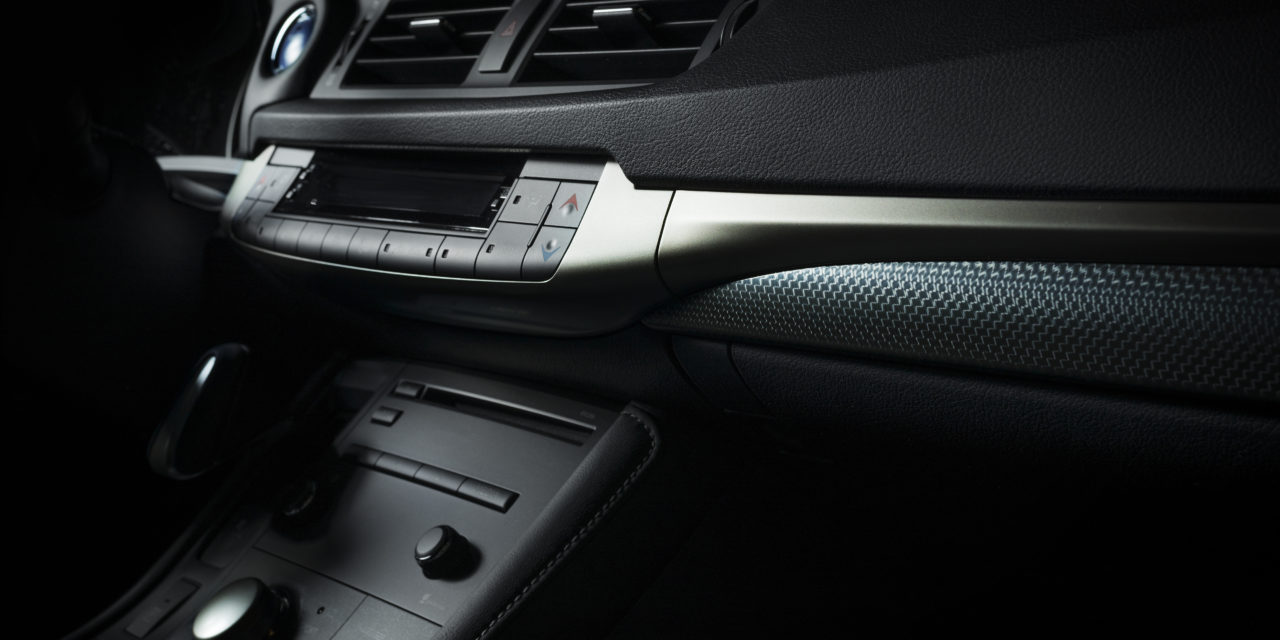Automakers that used the Super Bowl to drive curiosity for new models achieved the greatest success. The final numbers are in — and Lexus, Kia and Alfa Romeo were the big winners of the Super Bowl auto ad game, according to Edmunds, a car shopping and information platform.
Edmunds analysts tracked traffic to brand and model pages on both its desktop and mobile sites during the game to see which automotive ads were most successful in driving immediate shopper interest. Percentage lifts are compared to average Sunday traffic levels on Edmunds.
The company looked at lifts during the entire duration of the Super Bowl — including pre- and post- game activities — from 11 a.m. PST – 8 p.m. PST.
Lexus, which advertised its LC500, saw a cumulative lift of 1,710%. Kia, whose spot featured actress Melissa McCarthy and focused on the new Niro, experienced an 860% lift and traffic for the Alfa Romeo Giulia was up 802%.

On the brand side, Alfa Romeo piqued the most curiosity, with traffic up 785% during the course of the game. Kia was second at 63%, and Mercedes-Benz was third with a 9% traffic lift.
Other auto spots measured were Buick Cascada with a 459% lift, Audi S5 with a 431% lift, Mercedes-Benz AMG GT with 391%, Toyota Mirai with 42%,, Land Rover Range Rover with 11%, Chevrolet Silverado 1500 with 5% and Aucra RDX with 4%.
“Using the Super Bowl to generate awareness for a new brand or product is a tried-and-true advertising tactic, and this year proved it still works,” said Jessica Caldwell, executive director of industry analysis for Edmunds. “If you think about what it takes for someone to look away from an exciting game or halftime show to go online and research something, odds are it’s because it’s something they’ve never heard of and they’re compelled to find out more. These ads could have been the first time many consumers saw models like the LC or the Niro, and Alfa Romeo is still a very new brand to many in the U.S.”
While not all brands and models that advertised saw a lift in traffic when looking at the data cumulatively for the entire game, many did see immediate spikes during the quarter their ad aired. Traffic to the Honda CR-V rose 6% when their ad aired in the second quarter of the game, and traffic to Honda overall rose 14%.
“It’s harder for the volume brands to show large lifts in traffic because they’re working off of such a high baseline,” Caldwell says. “Even minor gains are a victory, as those small percentage points represent a high number of shoppers expressing interest. Despite the fact that many marketers are shifting their media spend away from traditional TV, the big game still proves to be an effective way for automakers to grab the attention of car shoppers.”
by Tanya Gazdik,

